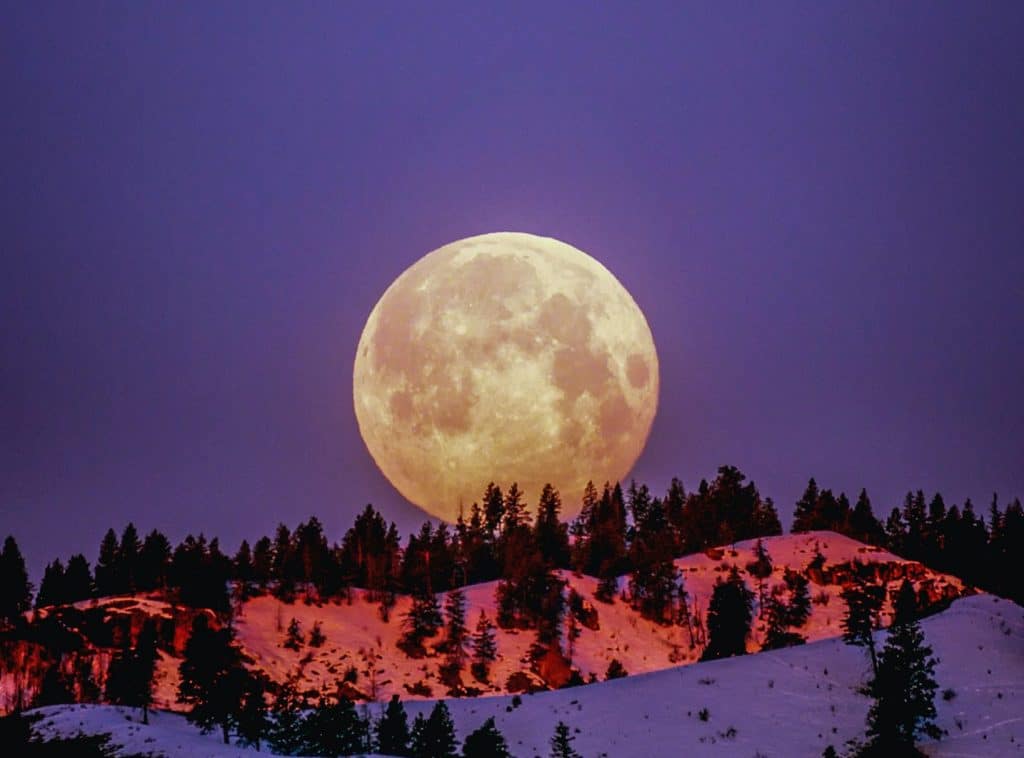
How to catch 2020’s final penumbral lunar eclipse and a stunning moonrise next week!
Yes, the year has been full of impressive celestial shows and you can tune in for more next week. You’ll get to see the Earth’s shadow on the Moon, which will be visible from anywhere in North America. If you gaze up into the frosty skies at 01:42 PDT (04:42 EDT ) on Sunday, November 29 through the early hours of Monday, November 30, you’ll get a glimpse of the last penumbral lunar eclipse of 2020. But the main event is seeing the gorgeous full Frosty Moon—or Beaver Moon—at moonrise.
A lunar eclipse occurs when the Earth, the Sun, and the Moon line up or a syzygy for all the astronomers out there. However, a penumbral lunar eclipse occurs when a full Moon passes through the outer shadow (the penumbra) of the earth which is fainter than the core shadow (the umbra). This will transform our bright, white satellite into a dim grey globe for a few hours. While it may not be as bright and brilliant as other full moons, it happens to be the perfect time to get the camera out and capture the subtle shadows of the craters.
There have already been three penumbral lunar eclipses and the Frosty Moon will be the fourth and final of the year. Each one varies depending on how much the Moon moves into the Earth’s shadow but the Beaver Moon is going to be the most visible one, shading 83% of the Moon’s surface at the event’s peak. While this will be one of the more obvious eclipses of this type, it’s really the preceding moonrise and the moonset that you’ll want to look out for— you can work the times out using this handy calculator.
So why the odd name? Well, as with all moons, the names vary across the world and are often derived from seasonal occurrences in each place. In North America, the naming tradition behind November’s full Moon isn’t clear but some sources say it’s the most active time of year for the busy creatures. Sadly, others know it as the season of setting beaver traps. You may also know this month’s full Moon as the Oak Moon, Frosty Moon or the Mourning Moon.
If you happened to be in hibernation mode during all of this, you can still catch the ethereal highlight of a rare total solar eclipse on December 14. Otherwise, you’ll have to wait until March 25, 2024!
Featured Image: Frank Cone via Pexels
